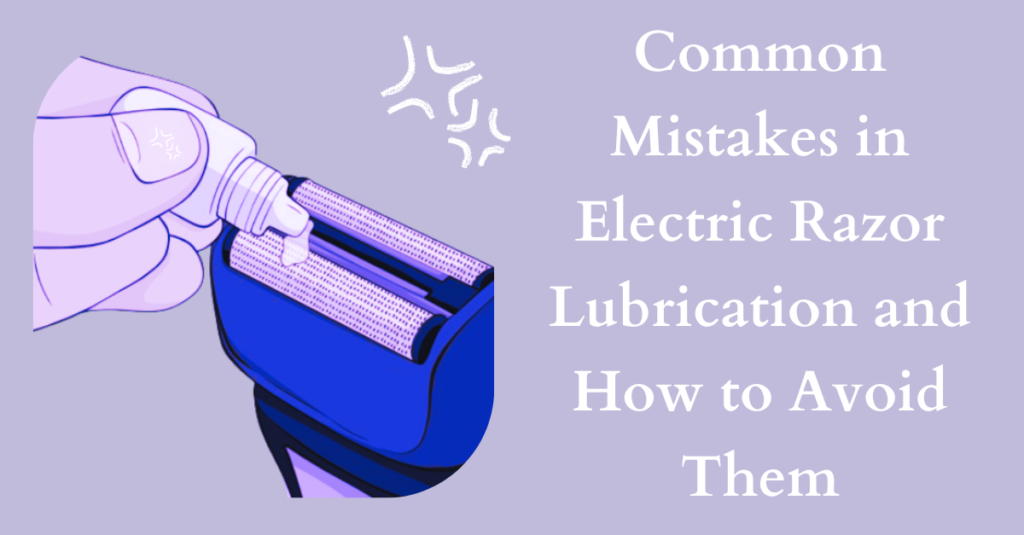How Much Do Personal Injury Lawyers Make per Case?
Introduction
The field of personal injury law plays a pivotal role in ensuring that individuals who have suffered harm due to the negligence of others receive the compensation they deserve. As prospective clients navigate the complexities of legal proceedings following accidents or injuries, a common question emerges: “How much do personal injury lawyers make per case?” This inquiry delves into the financial aspect of legal representation, shedding light on the various factors that contribute to the earnings of these legal professionals.
From the intricacies of different fee structures, such as contingency fees and hourly rates, to the influence of case complexity, jurisdiction, and lawyer experience, understanding the monetary dynamics within personal injury law is essential. This article embarks on a journey through the world of personal injury lawyer compensation, providing insights into the mechanisms that underpin their earnings and offering a comprehensive view of what drives their fees in the pursuit of justice.
Understanding Personal Injury Law and Compensation
Personal injury law focuses on cases involving injuries that have resulted from the negligence or misconduct of another party. When an individual sustains injuries due to a car accident, slip and fall, medical malpractice, or any other situation where someone else’s negligence played a role, personal injury lawyers step in to help them seek compensation for medical bills, lost wages, pain and suffering, and other damages incurred. These lawyers not only navigate the legal intricacies of the case but also play a pivotal role in ensuring that the injured party’s rights are upheld and that they receive due compensation.
Factors Influencing Personal Injury Lawyer Earnings
A significant factor that determines how much personal injury lawyers make per case is the complexity of the legal matter. Cases that involve severe injuries, multiple parties, complex legal issues, or extensive evidence collection tend to demand more time and resources. Consequently, the lawyer’s earnings can reflect the effort invested in such cases.
Geographic location also plays a crucial role. Legal systems and compensation norms vary by jurisdiction, leading to differences in lawyers’ fees. For instance, lawyers practicing in areas with a higher cost of living or more stringent legal regulations might command higher fees.
Experience is another determining factor. More seasoned lawyers with a track record of successful cases and a reputation for excellence often charge higher fees for their services. Their experience allows them to handle cases more efficiently and effectively, potentially leading to more favorable outcomes for their clients.
Exploring Fee Structures
Personal injury lawyers employ different fee structures to determine their compensation. The most common arrangement is the contingency fee, where the lawyer receives a percentage of the final settlement or court award. This fee structure is advantageous for clients who may not have the financial means to pay upfront legal fees. It also aligns the lawyer’s incentive with the client’s success, as the lawyer’s earnings depend on the outcome of the case. Contingency fees typically range from 33% to 40% of the final amount awarded.
Hourly billing, although less common in personal injury cases, is used in situations where the complexity of the case makes it challenging to predict the time investment required. Lawyers bill clients based on the hours they spend working on the case, and the hourly rates can vary significantly based on the lawyer’s experience and geographic location.
Flat fees are rarely employed in personal injury cases, as the complexity and unpredictability of these cases make it difficult to determine a fixed fee that adequately compensates the lawyer for their efforts.
Contingency Fees in Depth
Contingency fees are the linchpin of many personal injury cases, allowing injured individuals access to legal representation without the burden of upfront costs. In essence, the lawyer’s earnings are contingent on the successful resolution of the case, either through a settlement or a court verdict. While this arrangement provides clients with a low-risk option, it places a degree of risk on the lawyer, as they invest time and resources into a case that might not yield compensation. This risk is often mitigated by the lawyer’s experience and track record of success.
Average Earnings and Salary Range
The earnings of personal injury lawyers can vary significantly. According to industry data, the average compensation for personal injury lawyers per case can range from a few thousand dollars to several hundred thousand dollars. This wide range reflects the diversity of cases, the influence of different fee structures, and the factors mentioned earlier. High-profile cases with substantial settlements can lead to higher earnings for lawyers, while less complex cases might yield more modest compensation.
Real-life Case Examples
To illustrate the financial dynamics of personal injury cases, consider the following hypothetical scenarios:
Scenario 1: Automobile Accident In a straightforward automobile accident case, where the injuries are minor and liability is clear, a personal injury lawyer might negotiate a settlement of $30,000. With a contingency fee of 33%, the lawyer’s earnings would amount to $9,900.
Scenario 2: Medical Malpractice In a complex medical malpractice case involving extensive medical records, expert witnesses, and a drawn-out legal process, the lawyer might secure a settlement of $1 million. With a contingency fee of 40%, the lawyer’s earnings would be $400,000.
Maximizing Earnings
Personal injury lawyers can employ several strategies to maximize their earnings while maintaining ethical standards. Building a strong case backed by compelling evidence increases the likelihood of a favorable settlement or court award. Effective negotiation skills also play a pivotal role, enabling lawyers to secure better compensation for their clients.
Handling high-profile cases that attract media attention can enhance a lawyer’s reputation and potentially lead to more clients seeking their expertise. Additionally, cultivating a reputation for transparency and honesty in fee negotiations contributes to building trust with clients.
Ethical Considerations and Challenges
While personal injury lawyers are entitled to fair compensation for their expertise and efforts, ethical considerations come into play. The pursuit of justice should remain the primary motivation, with financial gain being a secondary consideration. Lawyers must strike a balance between advocating for their clients’ best interests and ensuring that their earnings align with the outcomes they secure.
The Perception of Personal Injury Lawyers
The public perception of personal injury lawyers sometimes leans toward negative stereotypes, with accusations of greed and opportunism. However, it’s crucial to recognize that personal injury lawyers often provide essential assistance to individuals who have suffered physical, emotional, and financial harm due to the negligence of others. Their role in advocating for justice and compensation is vital to holding responsible parties accountable and aiding the injured in rebuilding their lives.
Conclusion
In the realm of personal injury law, the question of how much lawyers make per case encompasses a complex interplay of factors. From case intricacies and geographic location to fee structures and lawyer experience, the compensation of personal injury lawyers is multifaceted. Through contingency fees, lawyers share both the risks and rewards with their clients, ensuring that justice is pursued without imposing undue financial burdens. As we contemplate the financial dynamics of personal injury law, we gain a deeper appreciation for the dedication and expertise these legal professionals bring to the pursuit of justice and compensation for those who have suffered harm.

My name is Rohit Vagh and I’m a content writer specializing in fashion and lifestyle. I have three years of experience in this field and have written various articles. My writing style is creative and engaging, and I strive to create content that resonates with my readers. I have a deep passion for fashion and am constantly researching the latest trends and styles to make sure my readers are up to date. I’m excited to continue my career in blogging, and I’m always looking for new opportunities in the fashion and lifestyle space.





